1Echinacea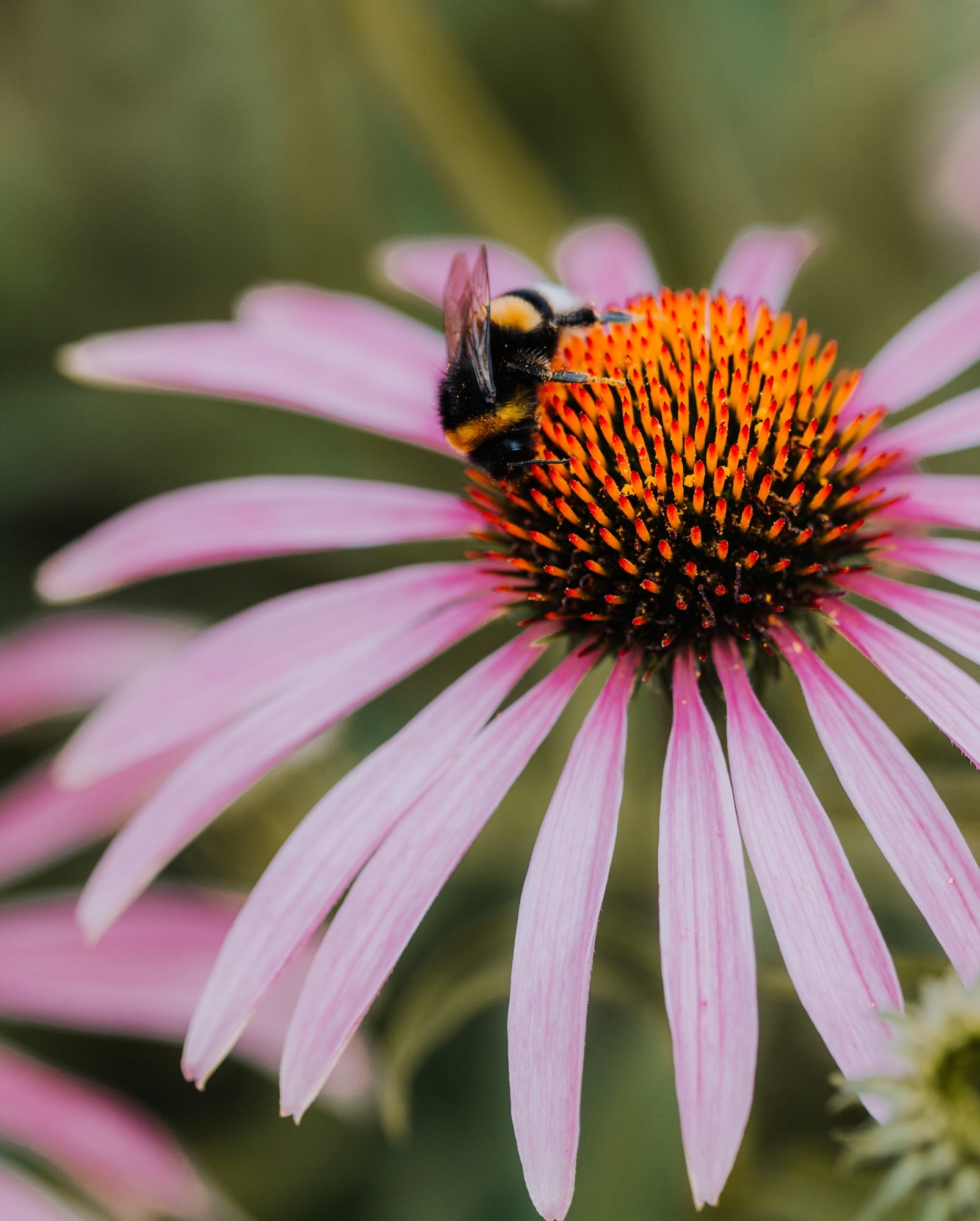 Helaine Weide//Getty Images
Helaine Weide//Getty Images
Also known as coneflower, these colourful, conical-shaped blooms thrive until late autumn. Pollinators are drawn to their spiky centres, which are packed with nectar.
2Salvia wulingyun//Getty Images
wulingyun//Getty Images
Thanks to their vibrant tubular flowers, salvias are magnets for bees and butterflies. They bloom well beyond summer, which makes them ideal for bridging the ‘nectar gap’ and attracting pollinators to your garden.
Advertisement – Continue Reading Below
3Dahlias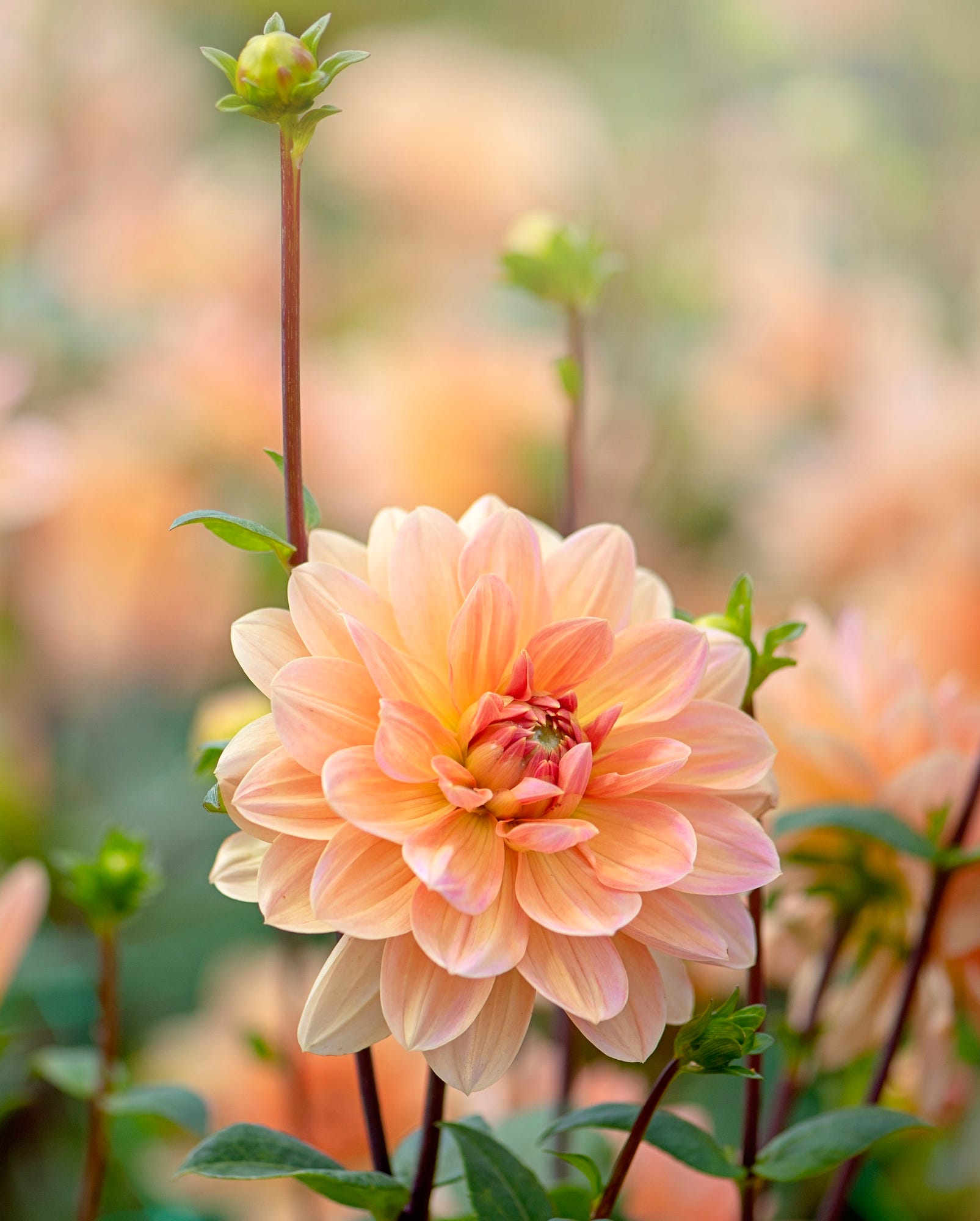 Jacky Parker//Getty Images
Jacky Parker//Getty Images
Single-flowered dahlias are highly valuable to pollinators in autumn as their central discs remain open and rich in nectar, making them a great food source for pollinating insects.
4Japanese Anemone Nobutoshi Akao//Getty Images
Nobutoshi Akao//Getty Images
With an extended flowering period, Japanese anemones provide a late burst of pink and white flowers to brighten the days, while their open, pollen-filled centres offer a feast for a range of insects.
Advertisement – Continue Reading Below
5Verbena bonariensis paulafrench//Getty Images
paulafrench//Getty Images
Not just a great choice to add height to your garden, this perennial produces clouds of tiny purple flowers from late summer into autumn. Verbena bonariensis is full of nectar and therefore highly attractive to butterflies and bees.
6Crocosmia Jasenka Arbanas//Getty Images
Jasenka Arbanas//Getty Images
This exotic-looking flower sports vibrant red and orange blooms in late summer and early autumn. Crocosmia’s blossoms, which are rich with nectar, are beloved by bees and butterflies, while their curved stems add interest to autumn borders.
Advertisement – Continue Reading Below
7Aster Albert Fertl//Getty Images
Albert Fertl//Getty Images
A classic autumn flower, asters come in hues of purple, pink and white. Their spiky centres offer abundant nectar, attracting bees until the first frost.
8Kniphofia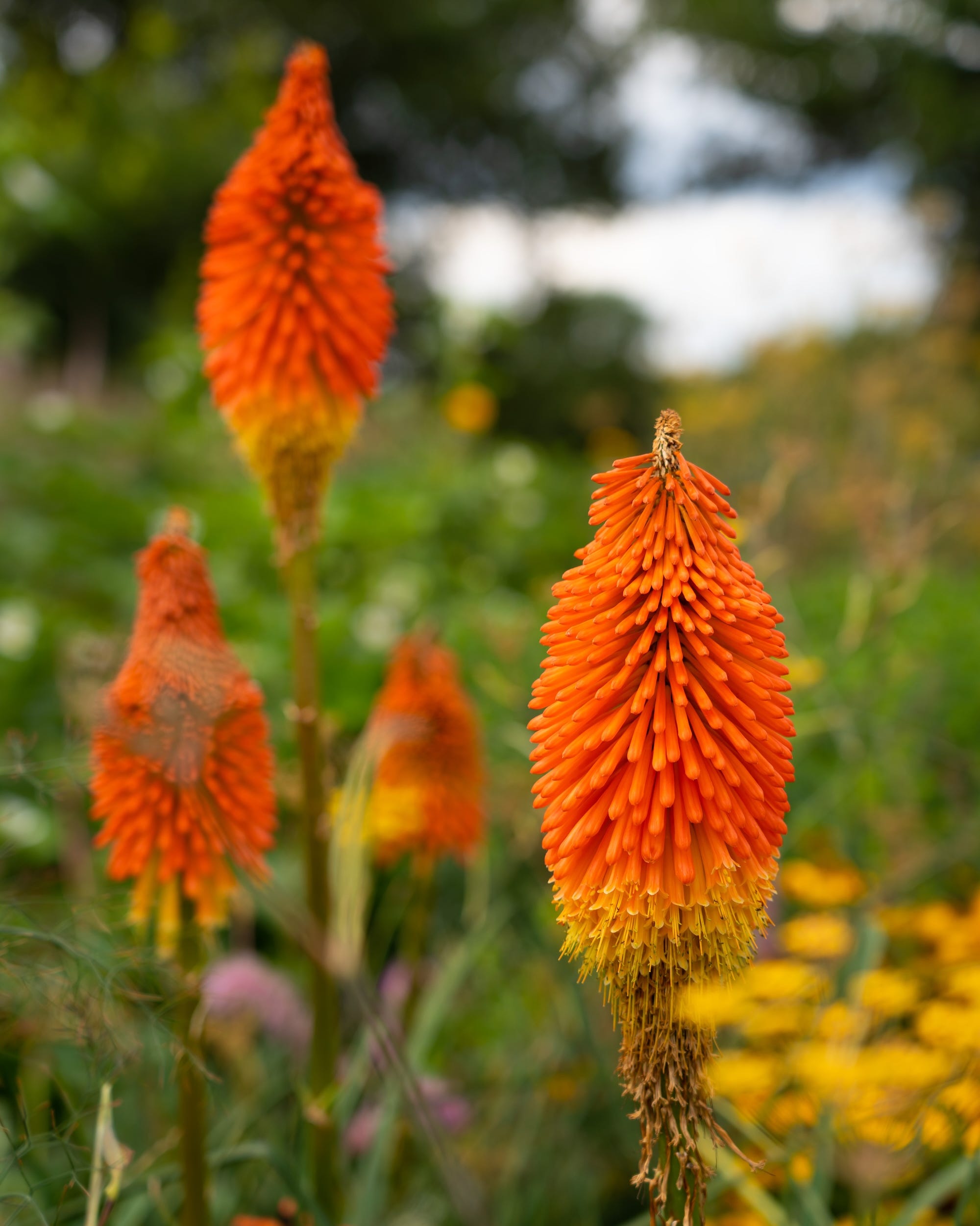 Tim Stocker Photography//Getty Images
Tim Stocker Photography//Getty Images
Best known as Red Hot Poker, these striking, fiery flowers bloom from late summer and into autumn. Kniphofias produce plenty of nectar that attracts a variety of pollinators and add a vibrant splash of colour to your garden.
Advertisement – Continue Reading Below
9Sedum schnuddel//Getty Images
schnuddel//Getty Images
Bees and butterflies adore this pretty plant as their flat flower heads are perfect landing pads and their nectar offers an essential food source.
10Mahonia seven75//Getty Images
seven75//Getty Images
Mahonia’s long spires of yellow bloom in late autumn and even winter, making this plant one of the few shrubs that bridge the seasonal nectar gap. Later in the year, its berries provide food for birds, making a late season wildlife champion.
Follow House Beautiful on TikTok, Instagram and Pinterest
Wanda Sachs is the Daily Writer for House Beautiful and Country Living, exploring the latest in interior design, home trends, property news, wellbeing and sustainable living. With a keen eye for style and a passion for storytelling, she previously served as an Associate Editor at The Berliner in Berlin, where she launched and led the magazine’s monthly style vertical, covering emerging fashion trends. Wanda holds a combined BA in English and German from Goethe University Frankfurt.
Watch Next
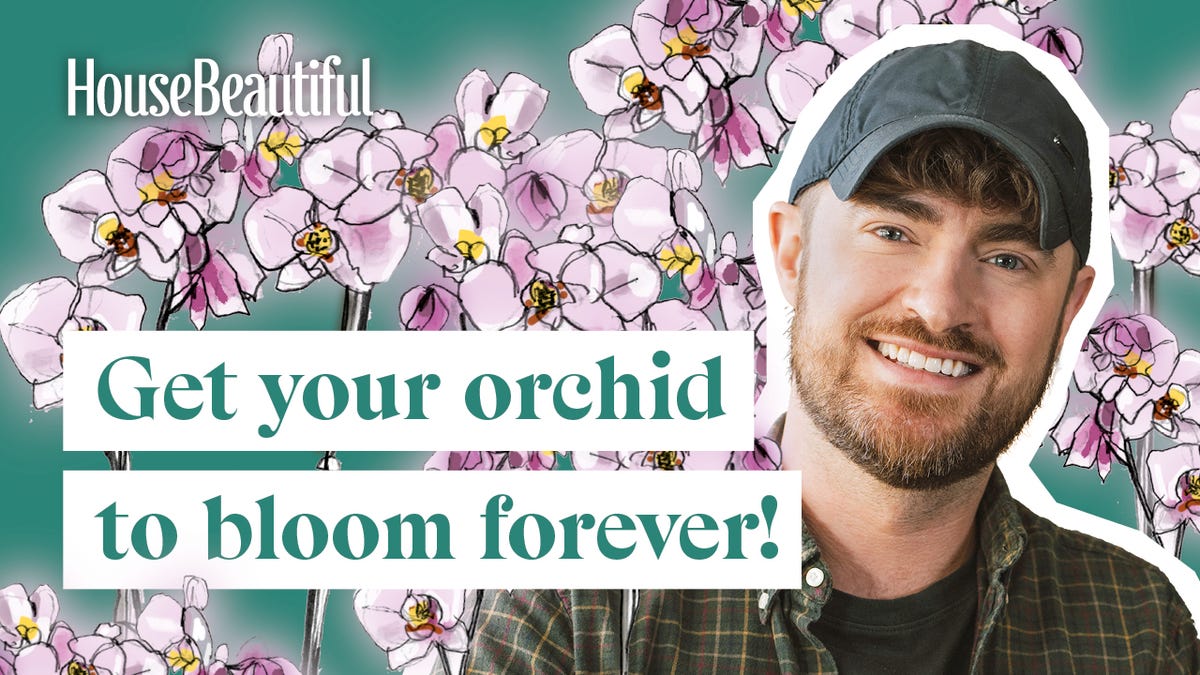
Advertisement – Continue Reading Below
Advertisement – Continue Reading Below
Advertisement – Continue Reading Below

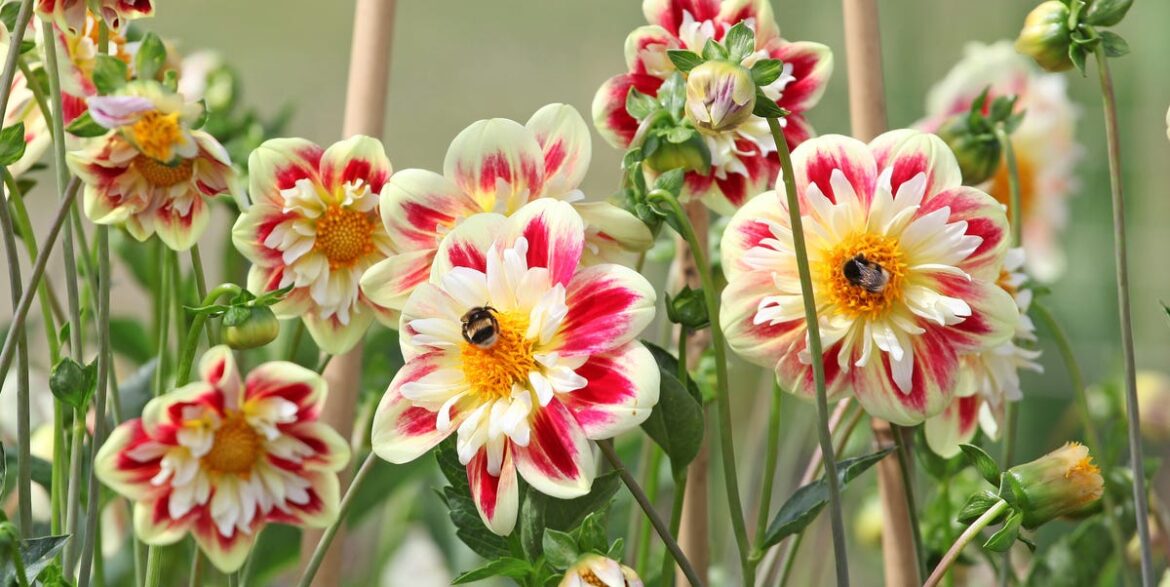
Comments are closed.